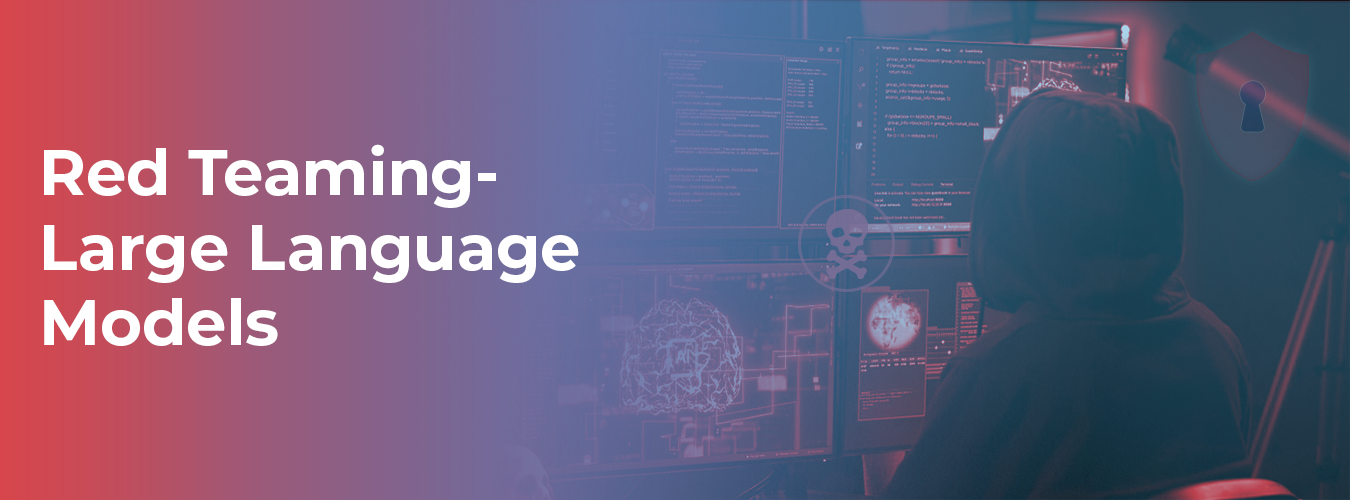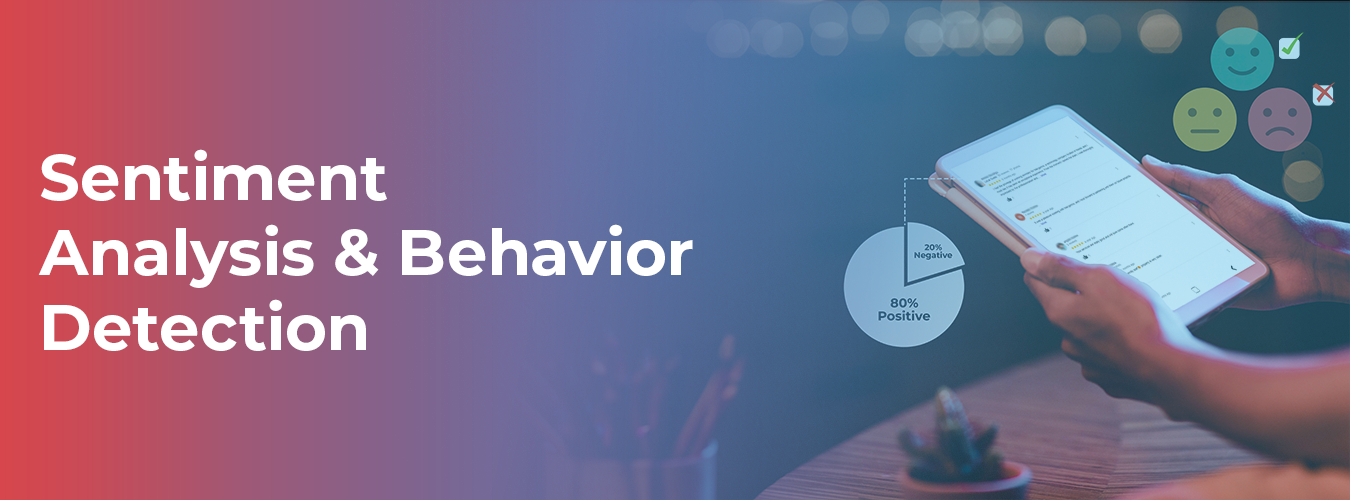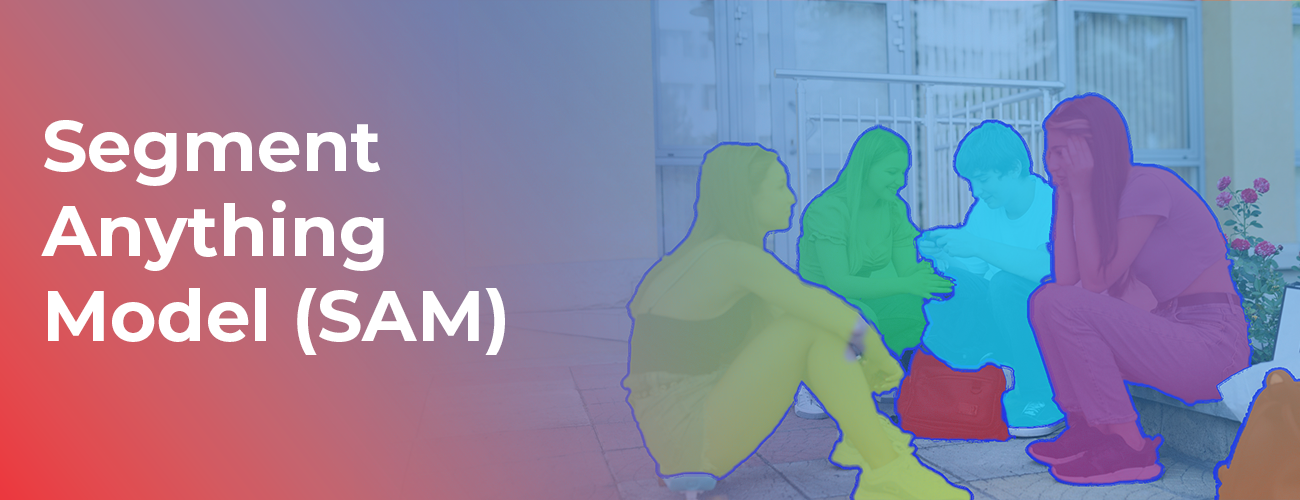The concept of autonomous vehicles is now becoming a reality with the advancement of Computer Vision technologies. Computer Vision helps in perception building, localization and mapping, path planning, and effective use of controllers to actuate the vehicle. Computer vision for autonomous vehicles is at the core of autonomous vehicle technology. By leveraging object detection algorithms while also using the latest sensors and cameras, autonomous vehicles get to recognize their surroundings, making the entire driving process safer and more accessible. Yet, when companies started testing autonomous vehicles, many challenges emerged for computer vision.
Understanding Computer Vision for Autonomous Vehicles
Computer vision is an AI that allows machines to interpret and understand pictures and videos from the real world. In autonomous vehicles, computer vision systems process and analyze visual records from cameras, Lidar, and sensors to assist in driving decisions. These systems come across and classify objects, lane markings, traffic signals, and other applicable functions to help the vehicle navigate efficaciously and adequately on the street. Computer vision for autonomous vehicle technology constantly evolves, and advancements in this field are essential to developing safer, more dependable, and self-reliant driving systems.
Gathering the training data
Cars without a human operator require rigorous pattern recognition and much computing power to drive independently. One of the main challenges for AI-powered self-driving vehicles is the acquisition of training datasets. An artificial intelligence solution is as good as the data it is trained on. Given that, quality datasets and pixel-perfect labeling are of incremental value for the model.
One of the better options for data collection in Computer vision for autonomous vehicles is driving around and capturing shots, which can be done either through semi-autonomous driving or by using an artificial model such as the computer game engine. The model has to undergo multiple iterations of camera-generated images for sufficient detection. Remember that the training process has to involve the photos of the objects you want your computer vision model to recognize: things that may appear on the road, street signs, road lanes, humans, buildings, other cars, etc.
An individual annotation type labels each element: Polyline for lane detection, 3D point annotation for LiDAR, etc. A similar variety points to the complexity and vast data needed to train a model.
How does Computer Vision enable Autonomous Vehicles?

Object Detection and Classification
Computer vision for autonomous vehicles helps in identifying stationary and moving objects on the road, such as vehicles, traffic lights, pedestrians, etc. To avoid collisions, vehicles continuously need to identify various objects while driving. Computer Vision uses sensors and cameras to collect entire views and make 3D maps. This makes it easy to identify objects, avoid collisions, and make it safe for passengers.
Information Gathering for Training Algorithms
Computer Vision technology uses cameras and sensors to gather large data sets, including the type of location, traffic and road conditions, number of people, and more. Computer vision for autonomous vehicles helps in quick decision-making and assists autonomous vehicles in using situational awareness. This data can be further used in training the deep learning model to enhance performance.
Low-Light Mode with Computer Vision
The complexity of driving in a low light mode is much different than driving in daylight mode, as images captured in a low light mode are often blurry and unclear, which makes driving unsafe. With Computer Vision, vehicles can detect low light conditions and make use of LIDAR sensors, HDR sensors, and thermal cameras to create high-quality images and videos. This improves safety for night driving.
Vehicle Tracking and Lane Detection
Cutting lanes can become a daunting task in the case of autonomous vehicles. With assistance from deep learning, Computer Vision can use segmentation techniques to identify lanes on-road and continue in the stipulated lane. For tracking and understanding the behavioral patterns of a vehicle, Computer Vision uses bounding box algorithms to assess its position.
Insights to Driver Behaviour
With the use of inward-facing cameras, Computer Vision can monitor the driver’s gestures, eye movement, drowsiness, speedometer, phone usage, etc., which have a direct impact on road accidents and passengers’ safety. Monitoring all the parameters and give timely alerts to drivers, avoids fatal road incidents and augments safety. Especially for logistics & fleet companies, the vision system can identify and provide real-time data to improve driver performance and maximize their business.
The application of Computer vision for autonomous vehicles is gaining immense popularity. With the inception of deep learning algorithms such as route planning, object detection, and decision-making driven by powerful GPUs along with technologies ranging from SAR/thermal camera hardware, LIDR & HDR sensors, and radars, it is becoming simpler to execute the concept of autonomous driving.
In-Vehicle Computer Vision

Autonomous Driving
Different aspects of autonomous driving require machine learning and computer vision technologies. A vital part includes processing an immense amount of data from cameras and other sensors (e.g., Lidar) and learning about driving situations and driver behavior.
Deep Head Pose Estimation
An in-car automation application of deep learning involves head pose estimation from 2D or 3D depth data through a Convolutional Neural Network (CNN). Everyday use cases include detecting driver inattention, one of the leading causes of traffic accidents. Therefore, real-time driver monitoring systems help to improve driver safety with computer vision.
Real-time Traffic Road Signs Detection
The recognition of traffic road signs uses computer vision algorithms to detect road signs and their shape (triangle, square, and rectangle). Traffic sign recognition is an essential field of computer vision, especially relevant for autonomous vehicles and Advanced Driver Assistance Systems (ADAS).
Real-time prediction of automotive collision risk
Multiple automotive applications, including Advanced Driver Assistance Systems for collision avoidance and warnings, require estimating the future risk of a driving scene. Visual AI systems process the video stream of conventional, dashboard-mounted cameras to predict the collision risk over an intermediate time horizon and support absolute speed estimation.
The Future of Computer Vision for Autonomous Vehicles
Some experts project the overall Computer vision for autonomous vehicles market—covering not just autonomous vehicles but also healthcare, retail, and other industries—to rise to $22.76 billion by 2032 from $11.9 billion in 2022.
Meanwhile, the advanced driver assistance systems market—which includes computer vision, automotive imaging, and image processing—is expected to experience a compounded annual growth rate of around 11.6% from $20.74 billion in 2020 to $48.37 billion in 2028. Accident prevention will be a crucial growth factor.
Market projections indicate that Computer vision for autonomous vehicles will soon lead to a revolutionary era in driving and how we plan our cities. Soon, the phrase “hitting the road” will take on a whole new meaning as cars transform into intelligent assistants that make our journeys more comfortable and secure.
What does Macgence have to offer in computer vision for the automotive industry?
Computer vision for autonomous vehicle technologies heavily relies on machine learning. However, to ensure the success and safety of a model as complex as an autonomous vehicle, they must acquire a solid data annotation workflow with quality management measures and smooth iteration cycles. Macgence is designed to help companies provide super-high-quality data and feed it into AI models to get them into production multiple times faster. We increase the chances of the model delivering meaningful and reliable results when faced with diverse inputs.
As we stand on the cusp of a computer vision revolution, Macgence is ready to be your partner in this new era of Computer vision for autonomous vehicle innovation. We incorporate various situations and edge cases to strengthen the computer vision model. Discover how our supercharged blend of Human + AI solutions can help you realize your vision for the self-driving cars of the future.
Conclusion
In a day and age where a radio-controlled electric vehicle is not the only automatic vehicle, the artificial intelligence technology in self-driving cars is an unending ocean full of discoveries and rapidly advancing technological tweaks and turns. Yet Computer vision for autonomous vehicles was only possible with state-of-the-art datasets and robust computer vision. This comes down to the need for a consistently expanding workforce and respective challenges for your model to excel. The main challenges we tracked when training a computer vision model for self-driving cars were the process of data gathering, dataset labeling, object detection, semantic segmentation, semantic instance segmentation, object tracking for the control system and 3D scene analysis, multi-camera vision, and depth estimation.
FAQs
Ans: – Lane Detection and Following: Computer vision enables autonomous vehicles to recognize and track lane markings on the road. This capability allows the vehicle to maintain its position within the lane, follow the road’s curvature, and make necessary lane changes.
Ans: – A typical vision system comprises near and far radars front, side, and rear cameras with ultrasonic sensors. This system assists in safety-enabled autopilot driving and retains data useful for future purposes.
Ans: – One of the most common and widely used computer vision applications in the automotive industry is driver assistance systems (DAS). These systems use cameras, sensors, and algorithms to detect and alert drivers of potential hazards, such as pedestrians, traffic signs, lane markings, and other vehicles.




